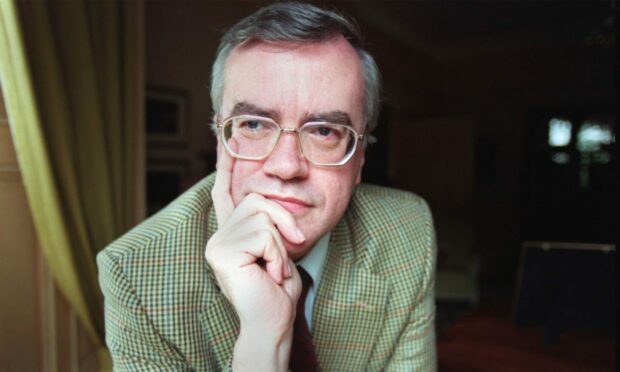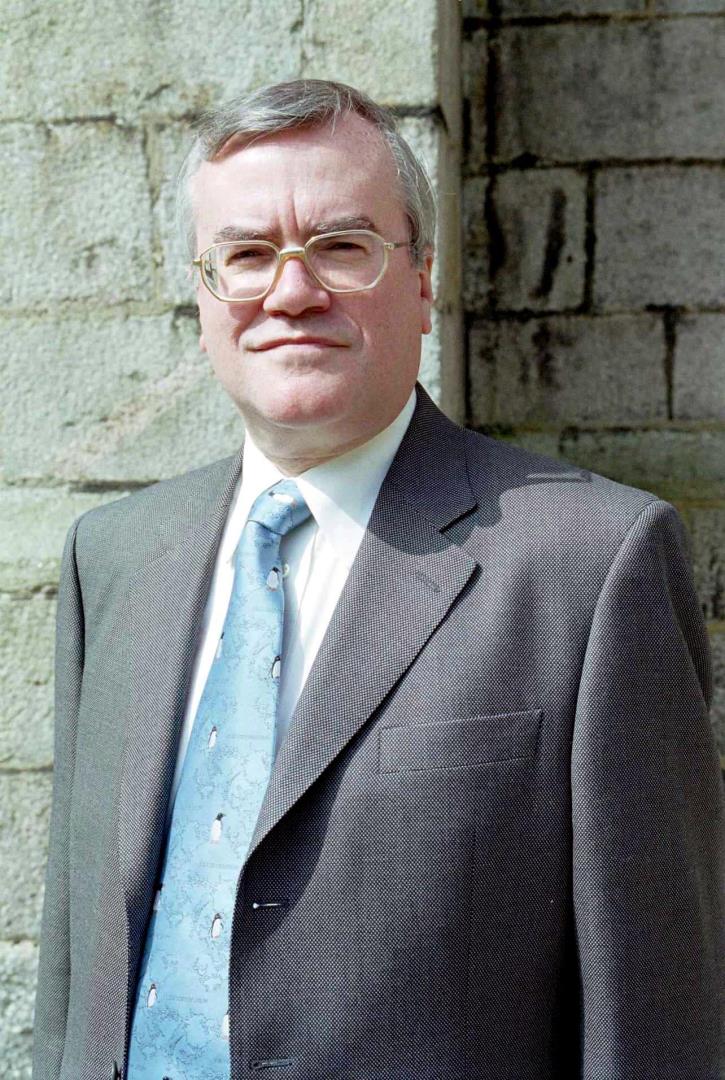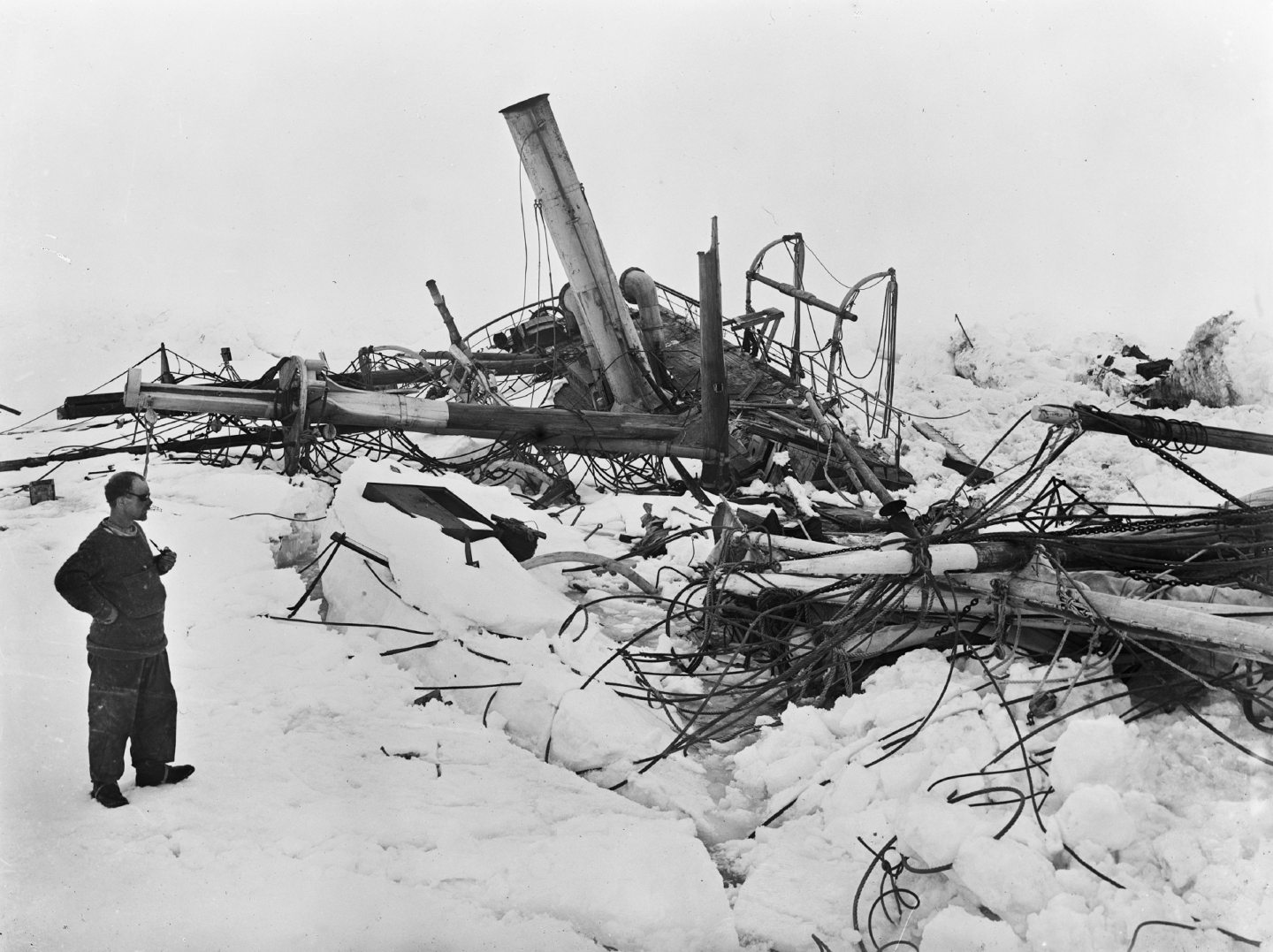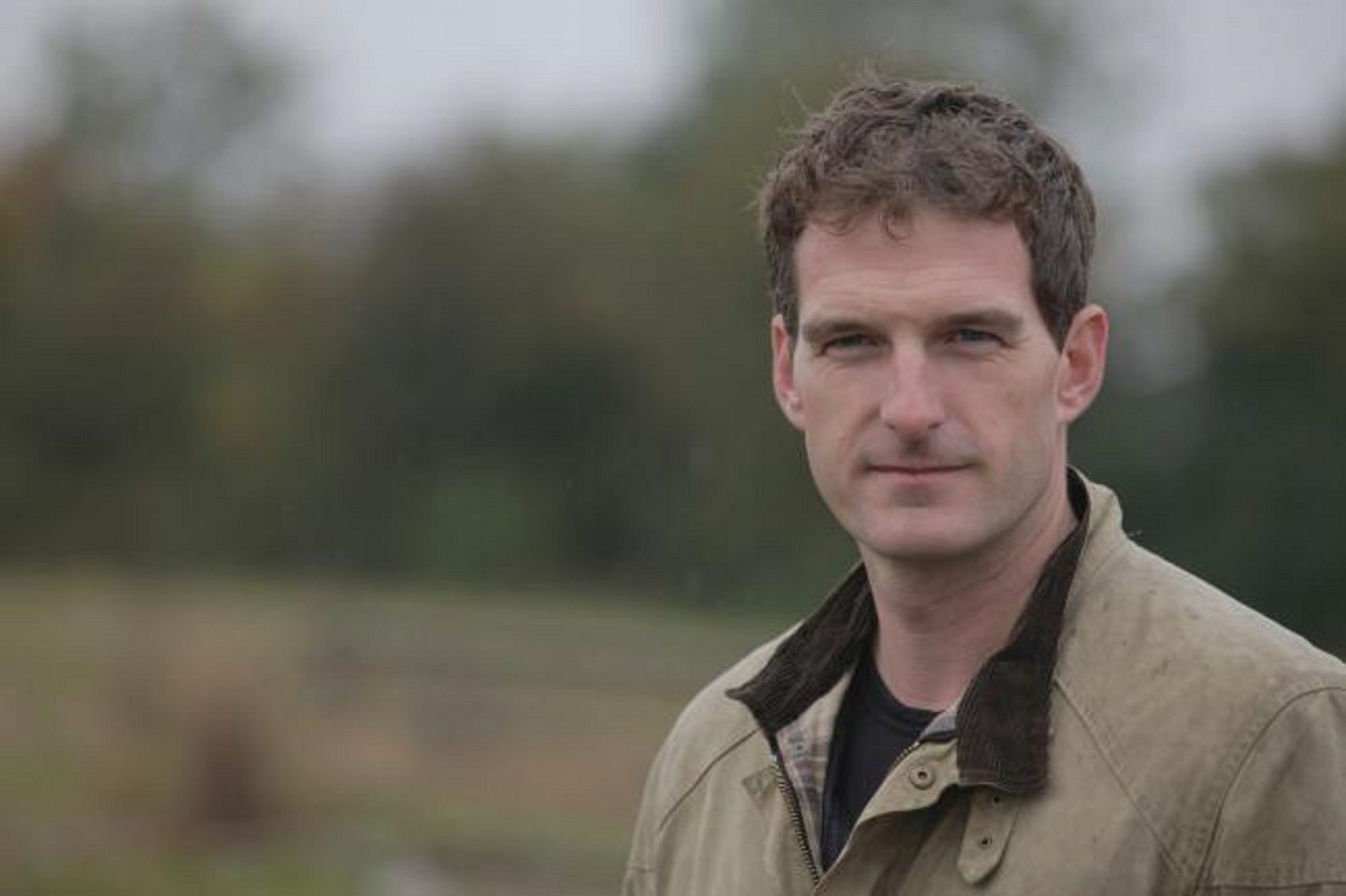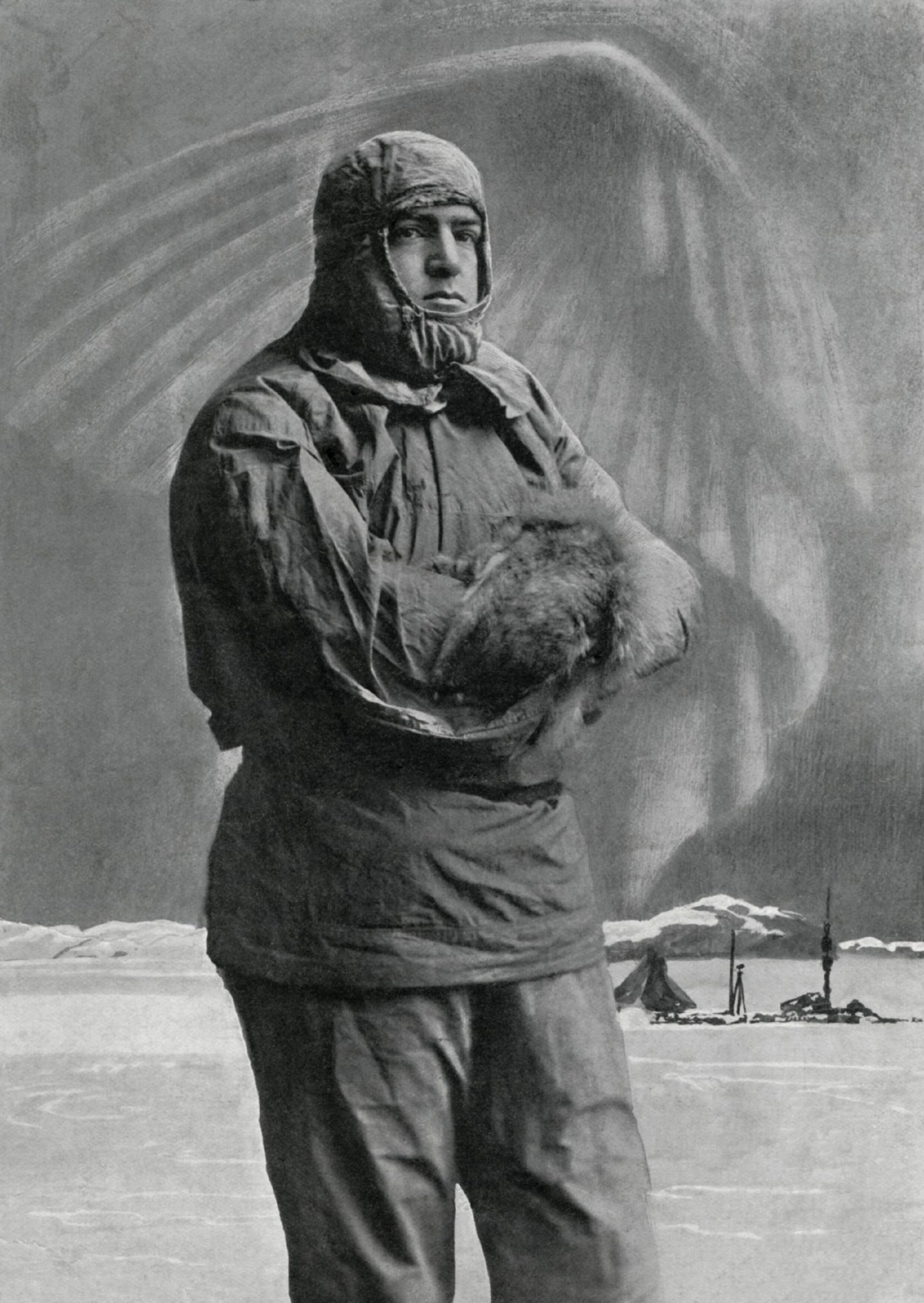Donald Lamont didn’t leap around the room with his arms in the air when he heard that the Endurance had been found remarkably intact at the bottom of the Weddell Sea in the Antarctic last week.
But he felt proud and delighted by the success of the team aboard the South African icebreaker, Agulhas II.
As a member of Her Majesty’s Diplomatic Service from 1974 to 2006, the Aberdeen Grammar schoolboy, who graduated in Russian Studies from Aberdeen University more than 50 years ago, has grown accustomed to keeping his emotions in check and playing his cards close to his chest.
And yet, as somebody who was the Governor of the Falkland Islands and commissioner for South Georgia around the millennium, Mr Lamont has had a long fascination with maritime history and was thrilled at the stunning images of Ernest Shackleton’s vessel which sunk in the Antarctic in 1915.
It was all the more special, because many people had dismissed the idea that the expedition, led by polar geographer Dr John Shears and marine archaeologist Mensun Bound, would not only locate the missing ship, but manage to record remarkable pictures of the craft which has been lying in 10,000ft of frozen water for more than a century.
But let’s allow Mr Lamont to take up the story.
He told me: “I was actually at a dinner in Aberdeen when I received a phone call letting me know that Endurance had been found and I told one of my colleagues, but I urged him to keep it to himself for the time being.
“Then, I picked up a copy of the Press & Journal and noticed it had a big feature in it about the Shackleton expedition and thought: ‘Oops…’
“But that was simply setting the scene for what has been a tremendous achievement by those who took part in the expedition on Agulhas II, which was equipped with remotely operated submersibles and which has risen to all the challenges it faced on its voyage.
“When the Falklands Maritime Heritage Trust [of which he is chairman] originally devised the plans to launch a search for the ship, there was an awful lot of scepticism about whether it would be successful.
“Some people even described it as an ‘impossible mission’, given the many difficulties which are involved in Antarctic conditions, but the crew of the Agulhas II have pulled off the most complex subsea search in history.
“The first problem is getting in while the ice is at its most prevalent and carry out your search, but you have to find the right ship before you can even start.
“Then, there is the fact you only have a short time window in which to carry out the operation. That is one of the reasons why the Endurance has been down there in the Weddell Sea for so long without being discovered.
“I have nothing but admiration for what the crew members have done in the last few months. They have battled constantly shifting sea-ice, blizzards, and temperatures dropping down as low as -18C. And it is a jaw-dropping feat.”
Befitting somebody who has dealt with complex issues during his diplomatic service in Austria, the former Soviet Union, Berlin (during the Fall of the Wall), and Bosnia & Herzegovina, Mr Lamont isn’t daunted by obstacles.
He worked tirelessly behind the scenes to raise funding for the venture, which has captured the world’s imagination, and it was clear from our conversation that even if he couldn’t be with Dr Shears and Mr Bound in body, he was with then and their colleagues every step of the way in spirit.
Replica ship?
And, as he watched the film of the Endurance emerging eerily from the vestiges of history, in such a well-preserved condition, he revealed there is now plenty of scope to create a replica of the famous vessel.
And where better to site it than next to the Discovery in the port of Dundee?
He said: “Already, just a few days after it was found, polar biologists are agog at what they have seen of animal life on the ship and we are only just starting to scratch the surface, but although the Endurance will remain where it is – and it is protected under the Antarctic Treaty – we realise how much excitement the news has generated and we know we have to build on that.
“There are various possibilities, but we have the video, we have 3D images, we can make holograms from the digital measurements and someone could even build a replica from our data.
“As a charity, our job is to bring the story to as many people as possible. Dan Snow’s reporting, whether live or through the History Hit channel, have generated a huge amount of interest in this expedition.
“The Department for Education in London has brought teachers’ attention to the material developed for us by the Royal Geographical Society. And a documentary, directed for Little Dot by Natalie Hewit, with her experience of filming in Antarctica, will come to our screens in about a year’s time.”
While he was in the Falklands and working as an ambassador in Uruguay, Mr Lamont became well-versed in the activities of British Antarctic Survey vessels and he has an extensive knowledge of both the Scott and Shackleton expeditions.
So he is cognisant with how fellow-Aberdonians such as Alexander Macklin and Robert Clark were part of the latter’s crew, while he has marvelled at the spellbinding photographs taken by Frank Hurley throughout the men’s prolonged ordeal on the ice floes and on Elephant Island.
He said: “There will be a lot of work to be carried out in the months ahead, but it is really positive that we have ended up in such a situation.
“We wondered, before the expedition, whether we might be able to glimpse any of Clark’s scientific samples and Hurley’s glass plate [photographs]. But now, there is so much to look forward to and I couldn’t be happier.”
As we edge towards the end of a global pandemic which has devastated the planet, and with the world now concerned about the escalation of hostilities by Russian forces in Ukraine, Endurance has provided an inspiring throwback to another age and it remains one of the great stories of survival.
But I asked Mr Lamont whether he hadn’t been tempted to book his own berth on the Agulhas II as it set off into the frozen Antarctic.
He replied: “No no, my job was to be in the UK doing stuff to help the project and that was a big enough role in its own right.
“Mind you, when I heard that they had located the Endurance, I suppose I was a bit like a parent whose child is just going off to university.
The work will continue in the future
“Yes, you’re very glad they are no longer dependent on you – but another part of you wishes you could go along and see how they are getting on.”
It has been a long and gruelling odyssey for the peripatetic diplomat who has worked with such organisations as the UK Antarctic Heritage Trust, Sistema Scotland and Enable Me – a disability awareness charity based in Sussex.
But, as a true son of the Granite City, he has pledged that the tale of the Endurance will be passed on to the next generation of would-be Shackletons.
